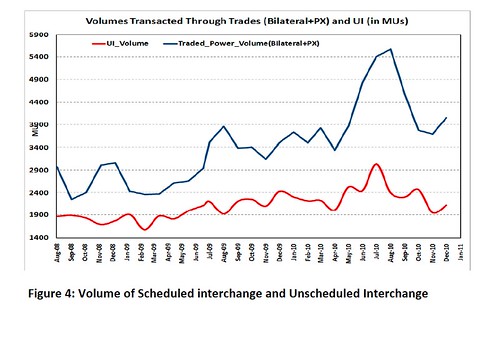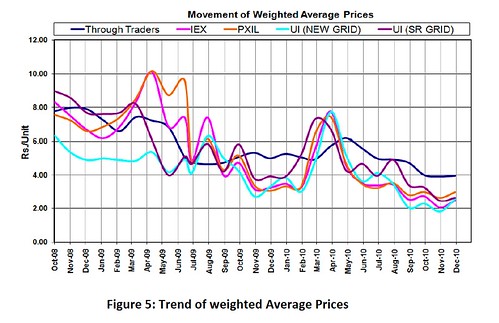Massive Blackout: Why were we so powerless to prevent it?
The inevitable finger pointing started quickly with all stakeholders blaming the other. Some laid the blame on the doorsteps of Indian farmers (“free power.”) The Power Grid Corporation accused State Governments of drawing excess amount of power, disregarding instructions not to do so.
In this post I am not going to talk about the major chronic ailments (like theft, transmission and distribution losses, issue in free power to farmers, power producers dialing down production) that have been coming in th way of developing the power sector. I will focus on the question of why this could not be prevented.
India has five major power grids. The four grids in the northern, eastern and western India operate as one synchronous grid that runs on the same frequency. The southern grid is NOT synchronized with the four and, thus managed to escape the catestrophic faliure.
Frequency is the key
Our power plants generate AC voltage at a frequency of 50 Hz (50 cycles per second). When demand starts outstripping the capacity – the generator gets overloaded and starts dragging the frequency and voltage down. Therefore a drop in the frequency is a measure of overload while a frequency rise signals oversupply.
In India the operating frequency range is set between 49.5-50.5 Hz. However, it operates at 48.8 Hz, a level danegrously close to the tolerance limit of power generators (I have seen levels as low as 47.5 Hz).
(The image below is ourtsy of the report prepared for the meeting of the Central Electricity Regulatory Authority in March 2011)

If the demand continues to rise, the frequency will continues to sink . The generator will trip if the frequency falls below the critical threshold (48.5) to avoid power plant damage. Usually the grid system is designed to withstand failure of one of the largest power generating unit. In a massively connected grid, failure of one generator reduces the supply further, widens the gap, and forces other generators to trip (specially since the operating frequency is very close to the threshold), leading to a nightmarish scenario of a cascading grid failure.
This is most likely what happened four days ago.
Grid Control
To prevent such breakdowns all State Electricity Boards and Power Grid Corporation operate Load Dispatch Centers (LDC), very much like centralized traffic conrol rooms. These centers have load dispatch schedules to ensure that power is evacuated from power plants and delivered as contracted for. It is the LDC’s job to watch the frequency variations with a hawk’s eye, and warn/take action whenever the frequency starts creeping towards the critical threshold. They have the authority to control, or even disconnect, the offending distribution line that is drawing more than the allocated power.
In short the LDCs hold the KILL SWITCH.
Maybe someday we will have an answer to why the Load Dispatch Centers did not act in time to isolate the culprit, and prevent the total grid collapse that left half the country without power?
In order to protect against the human frailty, the network of LDCs also employ Under Frequency Relays (UFR). These switches are supposed to swing into action once the frequency threshold is breached, and cut out the offending distribution circuit that is causing the overload. These relays refused to do their job either.
Regulatory Gaps?
I will beg your indulgence for a little longer.
Unexpected drawls of power (Unscheduled Interchange – UI in the power sector jargon) create flutter in the system. These are unavoidable, but in lower dosages, are manageable.
However as the graph below shows the power supplied through UI are in excess of 50% of the planned delivery.
(Once again this image is courtsy of the report prepared for the meeting of the Central Electricity Regulatory Authority in March 2011)

This grid failure has been blamed on the sudden and unexpected drawl of power (in other words UI are the culprit).
The market mechanism dictates that the people making unscheduled purchases should pay more than the scheduled one. But look what has been happening:
(Image is taken from the same report)

The UI prices (purple & light blue) have fallen below that of the traded power!!!
Would you care for the regular fee if the penalty turns out to be cheaper!
The Central Electricity Regulatory Commission, in its meeting on March 2011, decided neither to increase the rate of UI drawl (to make it financially punitive) nor to tighten the cap on UI drawl to control undesirable fluctuations. With no punitive or control measures in place the regulatory mechanism was absent.
Couple this with the fact that no LDC threw the KILL SWITCH, and UFR refused to act!
There was nothing to stop the disaster.
|
|
